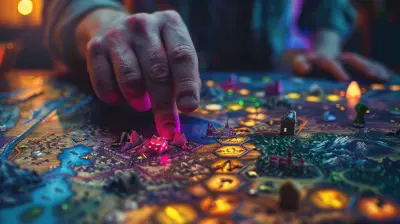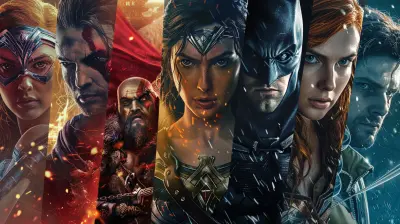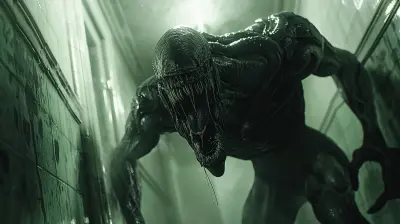Consequences of Time: How to Evolve Your Game World Across Different Eras
29 October 2025
What makes a game world truly unforgettable? Is it the characters? The storyline? The mechanics? While all these elements are critical, there’s one often-overlooked aspect that can elevate your game from "just another RPG" to a masterpiece: how the world changes over time. Imagine visiting the same location across different eras—seeing it grow, change, and deteriorate. Time isn't just a ticking clock; it's a dynamic force that can breathe life into your game world.
In this article, we’re diving headfirst into the concept of evolving game worlds. We’ll discuss why time matters in game design, how to effectively implement it across different eras, and what you need to consider to leave your players saying, "Wow, that was epic!"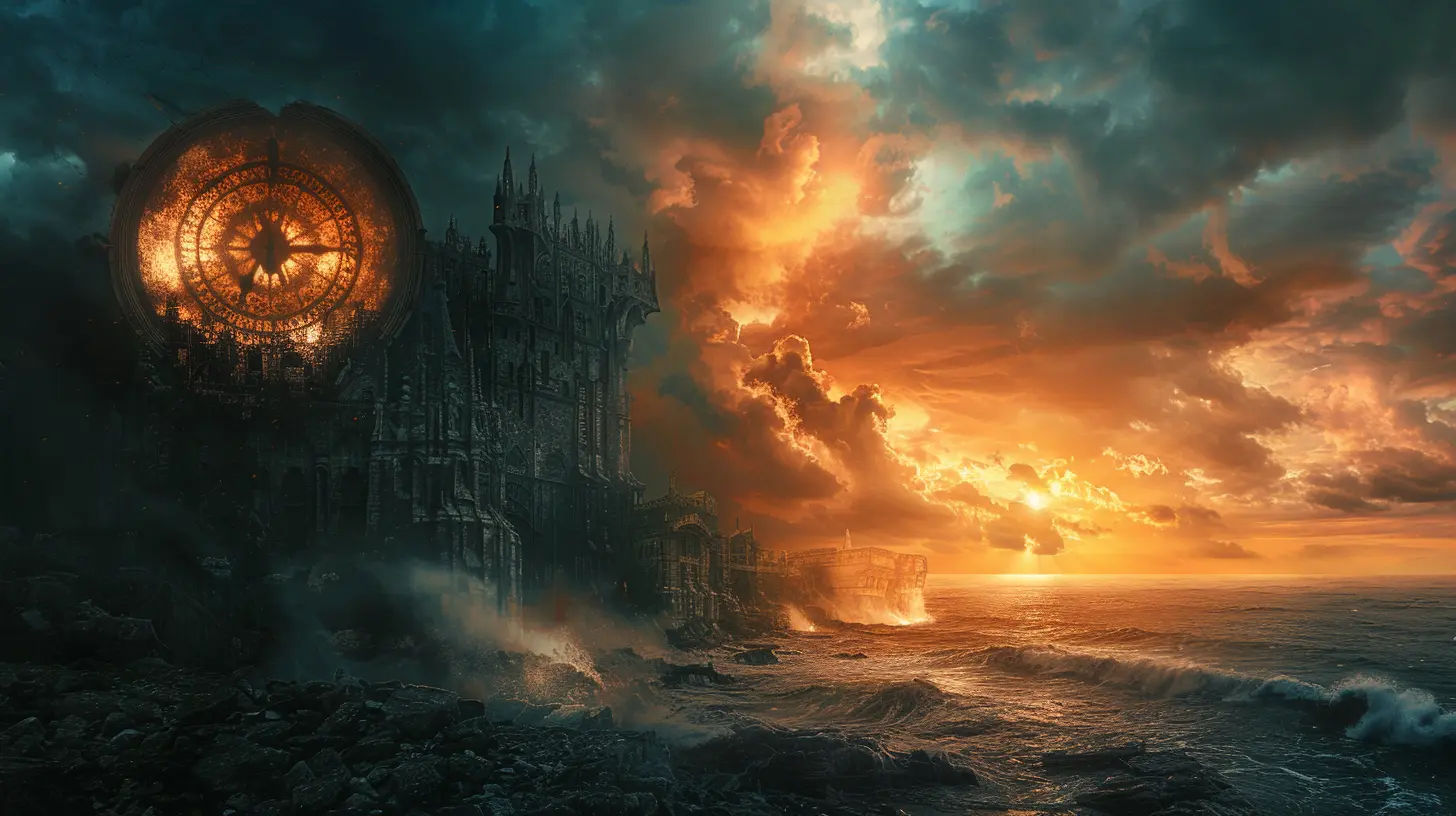
Why Time Is the Ultimate Tool in World-Building
Let’s start with the big question: Why should you even bother incorporating the passage of time into your game world? Simple. Time adds depth. It’s like seasoning a dish—without it, things feel bland.When a world evolves, it feels alive. Players are drawn to environments that grow alongside their characters. Think about it: You wouldn’t want to spend 60 hours exploring a static, unchanging land, right? Whether it's watching a city expand from a humble village into a bustling metropolis or seeing the aftermath of a war transform landscapes into ruins, time makes the world feel dynamic and reactive.
Still not convinced? Let’s look at how big names in the gaming world do it. The Legend of Zelda: Ocarina of Time, for instance, captivated players by showing them the same world through the eyes of child and adult Link. It wasn’t just nostalgia; it was about seeing the consequences of time unfold before your very eyes.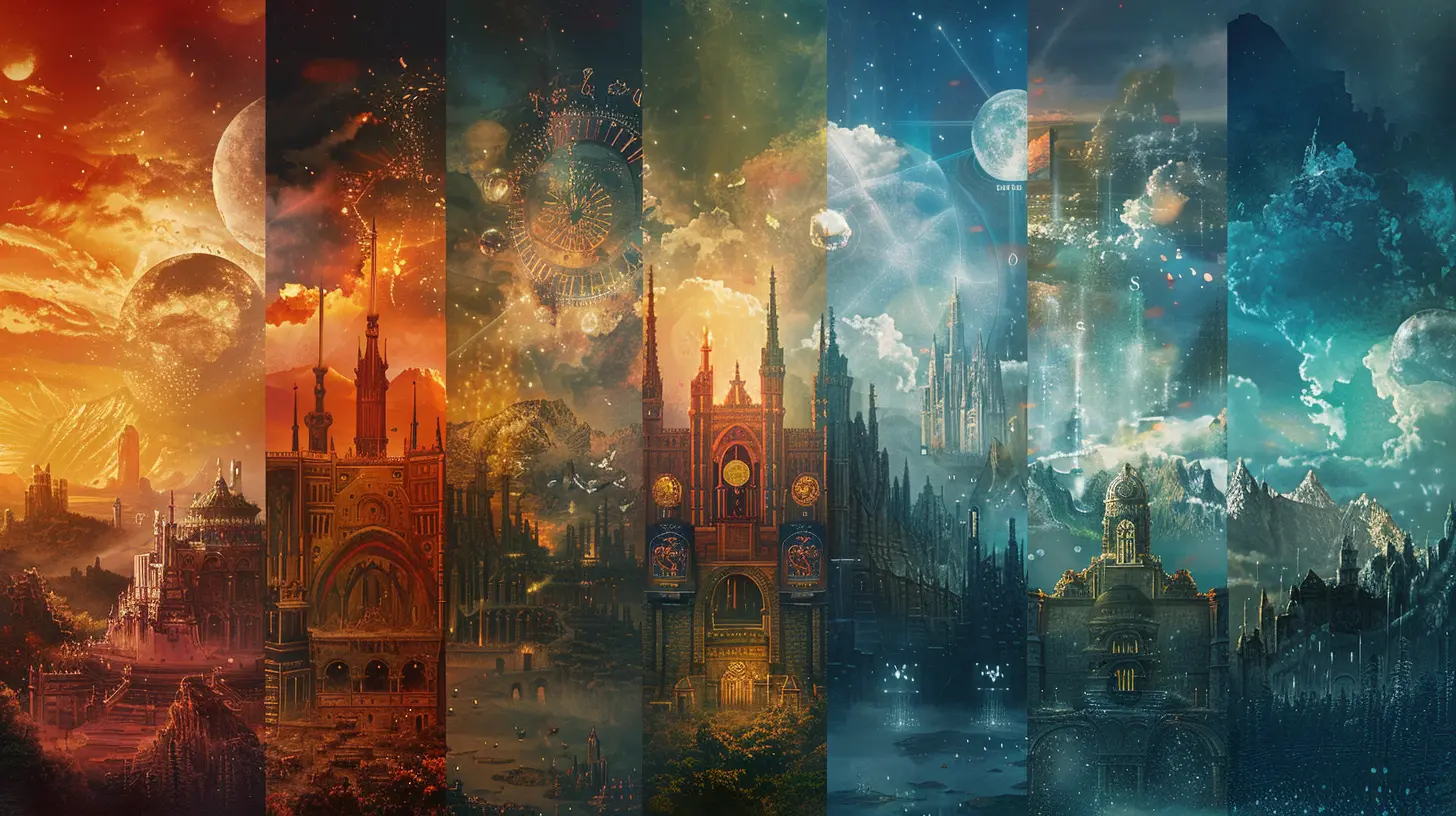
The Power of Different Eras in Gaming
Creating a world that evolves through time isn’t just a gimmick—it’s a storytelling tool. By splitting your game into distinct eras, you’re giving players a richer narrative experience. Let’s break this down with a few examples of how time can shape eras in your world:1. The Past: A World of Mystery
Ah, the past. This is where mythologies, ancient civilizations, and secrets lie. Players tend to love exploring what came before. Maybe your game starts with ancient ruins, and players gradually uncover what happened to the people who built them. The past is the foundation; it sets the tone for everything that comes after.Pro tip: Make the past feel tangible. Scatter journals, carvings, or artifacts that hint at old traditions, wars, or way-of-life details. Let players piece together the history like detectives. Think Atlantis meets Indiana Jones.
2. The Present: The Player’s Playground
The present is where players spend most of their time. This is their playground. While it’s tempting to focus only on what’s happening NOW, don’t forget: the present is shaped by the past, and it will influence the future. Maybe your lush forest is actually growing from the ruins of a forgotten kingdom. Or perhaps your futuristic city’s towering skyscrapers hide the remnants of a war.Connect your present to the past and future. For example, NPCs might talk about "how things used to be," or subtle environmental changes could foreshadow what’s to come. Just like in real life, the present is the bridge.
3. The Future: A World in Flux
The future is exciting because it’s unpredictable. It’s your chance to go wild with creativity. Will your world become a utopia? A dystopia? Maybe nature takes over abandoned cities, or robots run everything. Whatever direction you take, make sure it feels earned. Players love to see how their actions (or inactions) shape your world’s future.Here’s a fun tip: Add elements of consequence. For instance, if your players neglected an important quest, maybe the future becomes bleak. Use the future as a way to show cause and effect—it’ll make every choice feel meaningful.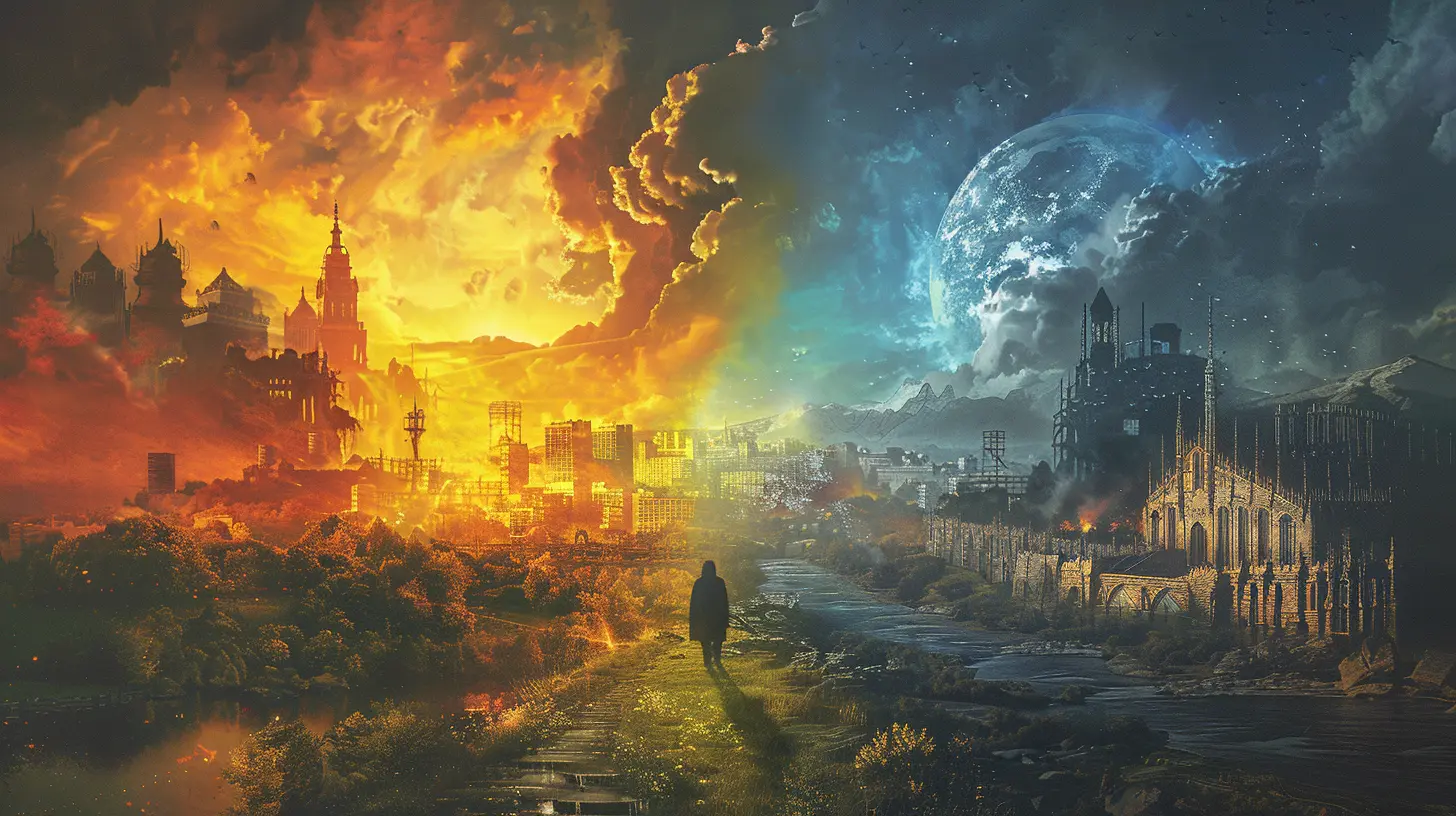
How to Effectively Implement Time Progression
Now, you’re probably wondering: "Okay, I’m sold. But HOW do I actually design a game world that evolves over time?" Don’t worry—I’ve got you covered. Here are some practical steps to make it happen:1. Start with a Solid Timeline
Every evolving world needs a timeline. Jot down key events that occur in each era. Think of it like a guide for not just you, but your players too. When events are interconnected, your world feels cohesive rather than chaotic.For example:
- Era 1: A peaceful kingdom thrives.
- Era 2: A catastrophic war breaks out.
- Era 3: Nature reclaims the land after the war.
Having this framework in place helps you build a narrative that flows naturally.
2. Use Visual and Environmental Storytelling
Let the world tell its own story. Maybe in the past, you introduce monuments that are untouched and pristine. In the present, those same structures might be damaged, and in the future, they’re crumbled beyond recognition. Small, visual details like these make players feel like they’re traveling through time.Fun fact: Games like Dragon Age: Inquisition and Chrono Trigger excel at using environmental storytelling to showcase time’s grip on the world. Take notes!
3. Reflect Time in NPCs
Your NPCs should evolve, too. Maybe an optimistic kid in the past becomes a hardened veteran in the future. Or a queen who inherits the throne in the present era struggles to maintain her power as the future approaches. NPCs are the soul of your world—let them grow.Bonus tip: Don’t be afraid to use nostalgia! If a character whom players loved in the past is mentioned as a legend in the future, it’ll tug on their heartstrings every time.
4. Incorporate Gameplay Mechanics
Want to take things a step further? Add gameplay mechanics that tie directly to time. Maybe players unlock new abilities in different eras, or certain areas change accessibility depending on the timeline. Nothing immerses players more than making time progression playable.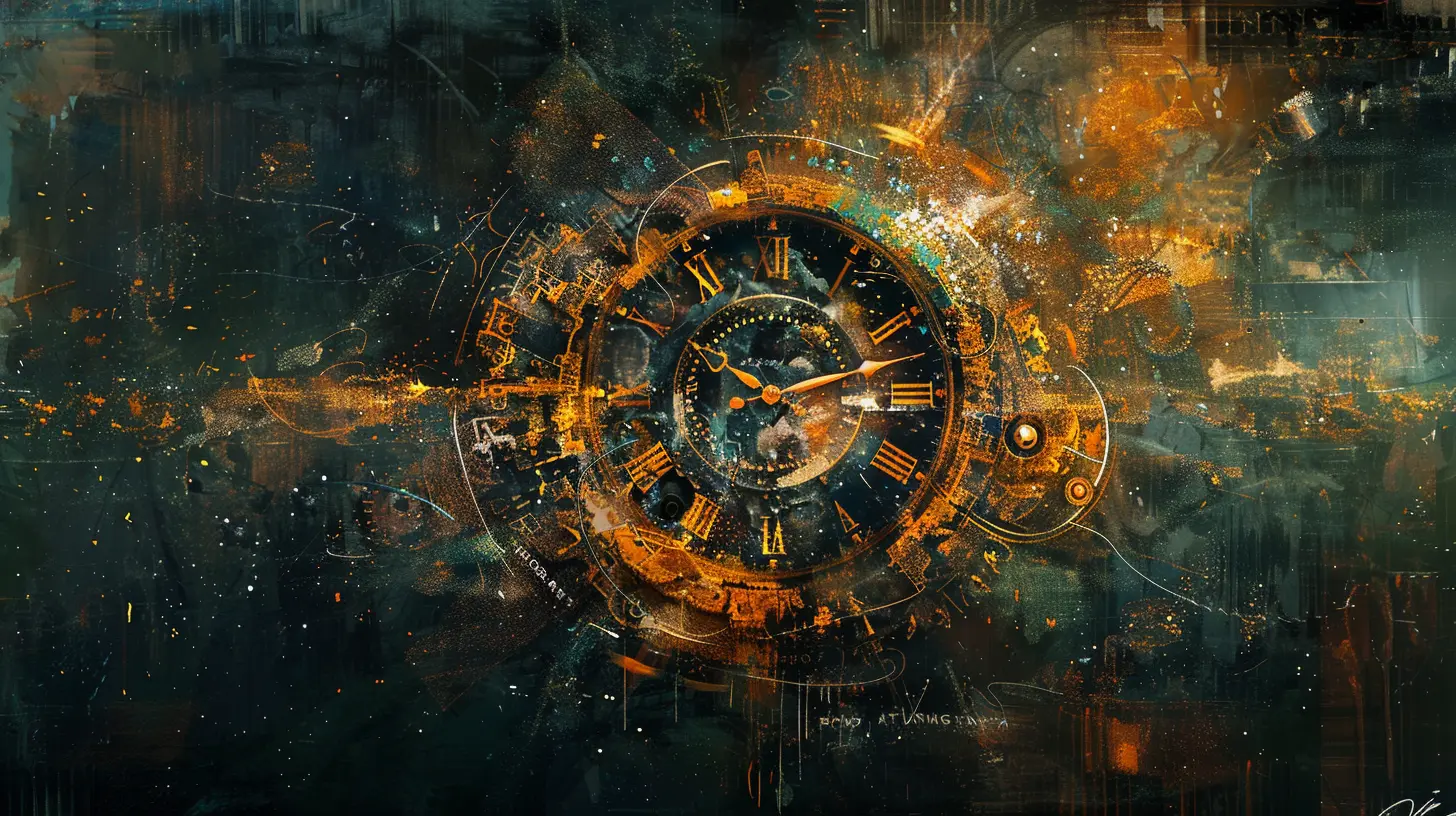
Potential Challenges (And How to Overcome Them)
Creating a time-evolving world isn’t without its challenges. But hey, nothing worth doing is easy, right? Here are a few roadblocks you might hit and how to tackle them:1. Overwhelming Complexity
Designing multiple eras can be a lot. If you’re juggling too many details, keep it simple. Focus on major milestones in your timeline rather than micromanaging every moment.
2. Player Confusion
Constantly jumping between eras can confuse players. Use visual cues, music, or distinct landmarks to help them instantly recognize which era they’re in.
3. Consistency
It’s easy to lose track of details when time is involved. Maintain a "world bible" where you document key changes across the eras. Trust me, future-you will thank you.
Why Players Love Worlds That Evolve
Let’s take a moment to think about what players actually want. Gamers crave immersion. They want to invest in worlds that feel alive, that remember their choices, and that change as they progress. Time-based evolution taps into this human desire for meaning and consequence. It’s not just about playing a game—it’s about experiencing something larger than life.When players revisit an old location and notice how it’s changed, it sparks an emotional connection. It’s the same feeling you get when you return to your childhood home and see how time has left its mark. Gaming is about creating moments like that.
Final Thoughts
Adding the element of time to your game world isn’t just a feature—it’s an experience. It’s a promise to your players that the world they’re exploring has depth, history, and a future worth fighting for. So, whether you’re crafting an epic RPG, an open-world adventure, or even a pixel-art indie game, remember this: Time is your secret weapon.Now go forth and build a world that evolves, surprises, and inspires. Because when your players look back at the journey they’ve taken, they won’t just remember the battles—they’ll remember the passage of time itself.
all images in this post were generated using AI tools
Category:
World BuildingAuthor:

Emery Larsen
Discussion
rate this article
1 comments
Kylie Henson
Great insights! Evolving game worlds through time adds depth and engagement. Excited to see how developers embrace this concept to enrich player experiences!
October 31, 2025 at 6:04 AM

Emery Larsen
Thank you! I'm glad you found the insights valuable. It’s exciting to see how developers will creatively implement time evolution in game worlds for richer player experiences!
